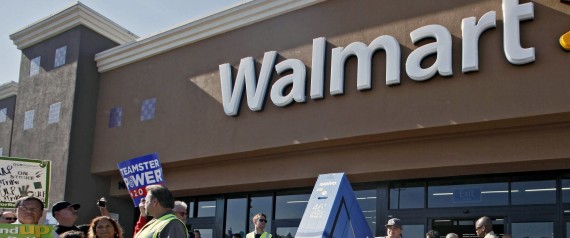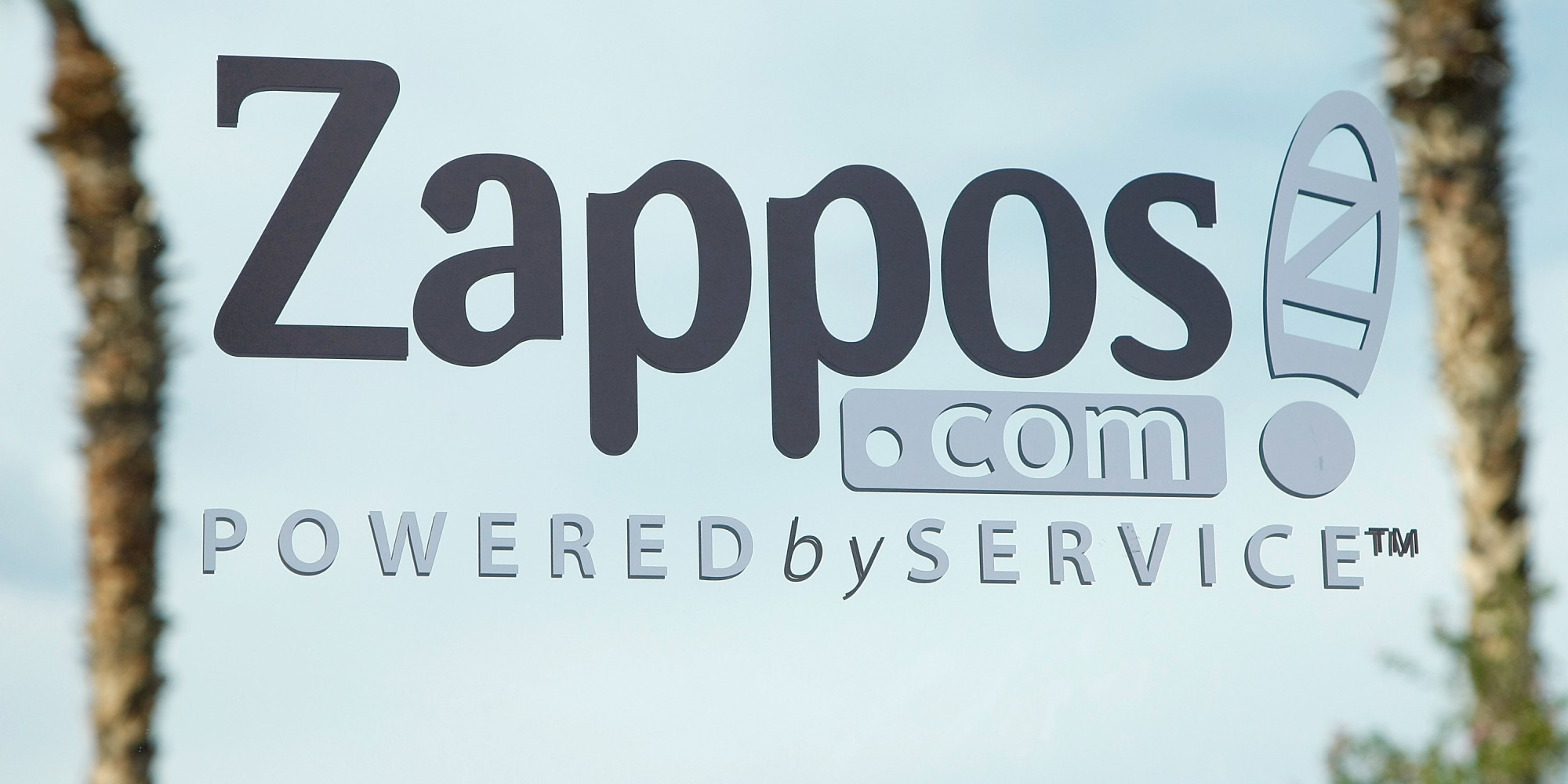
This article looks at several companies in America which pay their employees the least; these companies include McDonald’s, Starbucks, Walmart, and Target. It was found that the companies that pay the least are in either the retail, chain restaurant or grocery industry and the justification for paying low wages to employees is because it is an “accepted practice.” With this type of business model, employees are viewed as dispensable.
“These industries have embraced a low-wage business model. Their way of doing business is trying to squeeze as much out of their employees as they can, while paying them as little in wages and benefits as possible.”
Despite the ill-treatment of employees, these companies have rising stock prices because rather than looking after their employees properly, these companies are solely looking to increase their investors’ fortunes. These CEO’s of these large companies are undoubtedly viewed as extremely successful business people however, at what expense does their fortune come at? Is it possible to have a company as large and successful as Walmart or McDonald’s without exploiting low wage employees to some extent? While it may seem difficult, it is possible and Zappos is an excellent example of a company that values the happiness and well-being of their employees.
In class 19, we learned about Zappos and how well it treats its employees regardless of their position in the company. The CEO of Zappos, Tony Hsieh, doesn’t have a corner office and has a salary that is similar to the company’s customer service employees (at around $36,000 a year). This eliminates the hierarchy most companies have and creates a company culture that draws people to want to work there. I think that many companies would find it difficult to follow a similar business model to Zappos’ because it is not focused on increasing profits and shareholder’s earnings. Especially for franchised businesses, as the Huffington Post article mentioned, because the company doesn’t directly manage any of its stores. This means that the corporate side of the company has very weak ties (or none at all) to its store employees and do not care about their well-being. Therefore, the CEO will do anything to increase the value of their stock. For the CEO and other high ranking executives, the incentive to pay employees more and provide more benefits is less appealing than the incentives to increase profit (by cutting costs on employees).

Sources:
http://www.huffingtonpost.com/2014/1/08/lowest-paying-companies_n_6126992.html?ir=Business
http://management.about.com/cs/generalmanagement/a/companyculture.htm
Images: http://imgkid.com/zappos-service.shtml
http://www.huffingtonpost.com/2014/11/08/lowest-paying-companies_n_6126992.html?ir=Business










 Image: http://cdn1.appleinsider.com/HealthKit.WWDC2014.jpg
Image: http://cdn1.appleinsider.com/HealthKit.WWDC2014.jpg